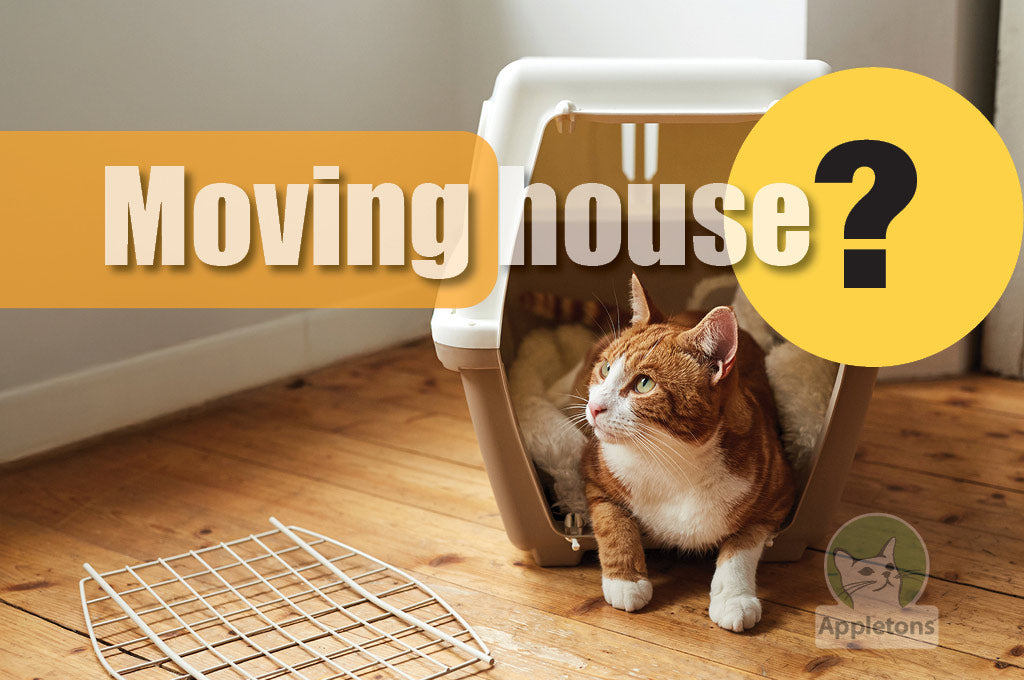7 Commonly Asked Questions About Cats
Refreshed 1st April 2025, First published 16 October 2024



Cats are truly fascinating creatures, full of quirky and intriguing behaviours that often leave us wondering what’s going on in their playful little minds!
Whether you're a seasoned cat parent, or new to owning a feline friend, it's natural to have questions about some of their behaviours and habits.
From soothing purrs to their love of perching in high places, let's explore some of the commonly asked cat questions and discover what makes them such unique companions.

1. Do cats have 9 lives?
The myth that cats have nine lives has been around for hundreds of years, and while not literally true, it’s easy to see where this belief may have originated. Cats are remarkably agile and have an incredible ability to survive dangerous situations, like landing on their feet after taking a fall. Their flexible spine and heightened sense of balance helps them avoid injury in precarious moments, which gives the impression they have "extra" lives.
However, cats are just as vulnerable to injury and illnesses as any other animal. Regular check-ups with the vet, good nutrition, and a safe environment are key to ensuring your feline friend stays healthy. After all, they’ve only got one life to live, no matter what the myth says!
2. Why do cats like lasers?
If you’ve ever used a laser pointer to play with your cat, you’ve probably seen how laser-focused (pun intended) they are on catching that elusive red dot! Cats are natural hunters and their predator instincts kick in when fast or erratic movement is detected. Lasers imitate the movement of prey, which instinctively triggers their drive to chase, pounce, and “catch” it. Omlet has integrated the laser play experience for cats, into their Switch Cat Scratching Post featuring built in LEDs that create hours of interactive fun, and keep your cat mentally and physically stimulated.
3. Why do cats dislike water?
Most cats are notorious for their dislike of water, and there are a few reasons why. Cats take great pride in grooming themselves, and water can make their fur feel heavy and uncomfortable. Wet fur also takes longer to dry, which could affect a cat’s ability to stay warm. Additionally, domestic cats descend from ancestors who lived in dry, arid environments (unlike big cats such as tigers, which are excellent swimmers). While some cats can tolerate water or even enjoy it, most prefer to stay dry and avoid the bath!

4. Why do cats purr?
A cat’s gentle purr is often associated with happiness, but it’s not always a sign of pure contentment. Cats also purr when they’re scared, injured, or even during labour. It suggests that purring may be a form of self-soothing or communication. The frequency of a cat’s purr, ranges from 25 to 150 Hertz, and is believed could help to relieve pain, reduce stress and support healing. This suggests that cats may use purring to help themselves in times of need. Next time your cat purrs, it could be their way of telling you thay are happy, or that they are simply looking after themselves, in ways we do not fully understand.



5. Why do cats knead with their paws?
Kneading is a behaviour we find both adorable and curious, and is sometimes referred to as “making biscuits”. Its when cats rhythmically push their paws into a soft surface, and is thought to originate from kittenhood, when they knead their mother’s belly to stimulate milk flow. As adult cats, kneading is usually a sign of comfort and contentment. They may knead on your lap, their bed, or a favourite blanket, and it’s also thought to be a way of marking their territory, because they have scent glands in their paws. So, if your cat kneads you, take it as a compliment - they’re likely claiming you as part of their territory!
6. Why do cats like to climb?
Climbing is an instinctive behaviour in cats, inherited from their wild ancestors who would climb to escape predators, or to scout for prey from a high vantage point. Being up high gives cats a sense of security and allows them to survey their surroundings from a safe position. In your home, this instinct translates to your cat seeking out high places to perch, like the top of a bookshelf or a windowsill. Providing vertical spaces like the Indoor Freestyle Cat Tree can fulfil their need to climb and keep them entertained and happy. A great outdoor option is the Omlet Catio Enclosure and Outdoor Freestyle Cat Tree. For added versatiliy and freedom, add a Catio Tunnel System to create a safe, secure walkway link between their outdoor and indoor spaces. Its modular design allows you to shape and fit your space, and will fit to virtually any window or catflap.

7. Why do cats like catnip?
Catnip is famous for driving some cats wild with excitement, but not all felines react to it. The response to catnip is hereditary, with around 50-70% of cats being enticed by it. Catnip contains a compound called nepetalactone, which when inhaled, binds to receptors in a cat’s nose, leading to a burst of playful or euphoric energy. The effect typically lasts for about 10-15 minutes. Responses to catnip can vary, with some cats becoming hyperactive while others might just relax, roll around or purr. If your cat loves it, catnip can be a fun, harmless way to encourage playtime! Order your catnip or catnip mist here.
Explore more of our cat blogs




Swipe for more
